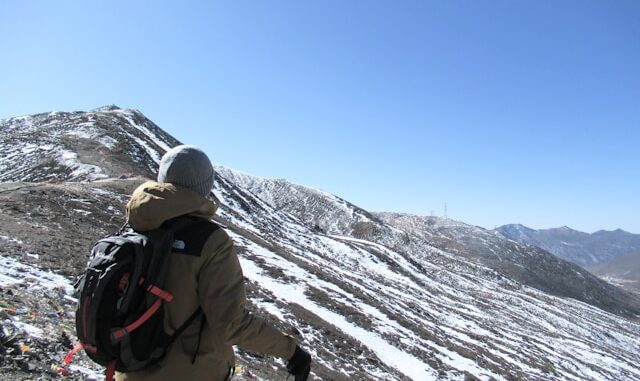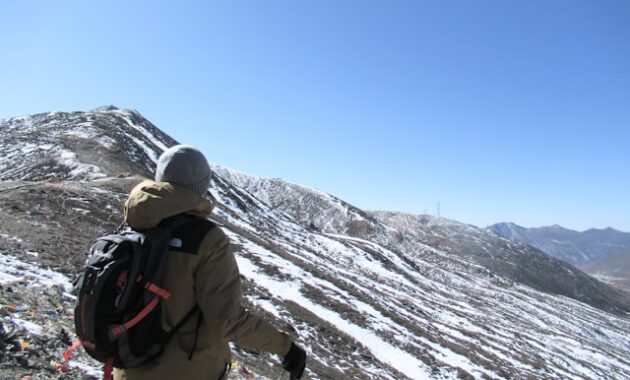
Nestled in the Eastern Himalayas, the Kingdom of Bhutan is a sanctuary of rich biodiversity, breathtaking landscapes, and deeply rooted cultural heritage. With its dramatic elevation changes, from subtropical valleys to alpine peaks, Bhutan experiences four distinct seasons that each bring their own vibrant expressions of natural beauty. Understanding the seasonal transformations of Bhutan is essential for travelers, nature lovers, and those seeking spiritual or photographic journeys into this mystical land.
Spring in Bhutan (March to May): A Floral Wonderland
Spring in Bhutan marks the rebirth of nature. As temperatures warm from the winter chill, the valleys and hillsides explode with color. This is the prime season for rhododendron blooms, with over 46 species carpeting the landscape in shades of red, pink, and white.
Wildflowers such as magnolias, primulas, and edelweiss decorate forest trails and mountain slopes, making it one of the best times for nature walks and trekking expeditions. The famous Jomolhari Trek and Druk Path Trek offer exceptional views of Bhutan’s flora and snow-capped peaks in the distance.
Bird watchers flock to Bhutan in spring to catch a glimpse of rare and migratory species, including the Himalayan Monal, Satyr Tragopan, and Hoary-throated Barwing. Rivers run full and fresh, adding a sparkling vibrancy to the scenery.
Temperature-wise, spring brings mild days and cool nights, with daytime averages between 17°C and 25°C (63°F – 77°F) in most valleys.
Summer in Bhutan (June to August): A Lush, Rain-Soaked Paradise
Bhutan’s summer season coincides with the South Asian monsoon, transforming the country into a lush emerald haven. While many avoid the monsoon due to intermittent rains and slippery trails, summer unveils Bhutan’s most fertile and verdant landscapes.
From the lowland plains of Phuentsholing to the terraced rice fields of Punakha and Paro, every patch of land bursts with life. Cloud-draped hills, glistening leaves, and the thunderous roar of swollen rivers give Bhutan a mystical, dreamlike aura.
This is the best season for agricultural tourism. You can witness rice planting festivals and engage with farmers in traditional attire using oxen to plow fields in centuries-old methods.
While visibility may occasionally be hindered by clouds, the lesser crowd and discounted travel prices make summer a great choice for adventurous and offbeat travelers. Expect average temperatures ranging from 20°C to 30°C (68°F – 86°F).
Autumn in Bhutan (September to November): The Golden Season
Autumn is widely regarded as the most visually captivating and climatically pleasant season in Bhutan. The monsoon departs, leaving behind crystal-clear skies, fresh mountain air, and a land rejuvenated with moisture.
The rice fields turn golden, creating a painterly backdrop against Bhutan’s iconic white-walled monasteries and fortress-like dzongs. Trees across the Thimphu and Bumthang Valleys display an array of amber, crimson, and rust, while the Himalayan peaks become crisply visible against the deep blue sky.
Autumn is also the season of festivals, known locally as Tshechus. These vibrant religious celebrations, such as the Thimphu Tshechu and Wangdue Phodrang Tshechu, showcase masked dances, traditional music, and centuries-old rituals that attract locals and tourists alike.
Trekking is at its best during this season due to stable weather and panoramic mountain views. Autumn temperatures hover between 12°C and 24°C (54°F – 75°F), offering comfortable conditions for exploration.
Winter in Bhutan (December to February): Tranquility and Snow-Covered Charm

Winter in Bhutan offers a serene, less-traveled path to the kingdom’s soul. While higher altitudes experience snowfall, the central and southern valleys remain accessible and surprisingly mild during the day.
The Punakah Dzong, nestled at the confluence of two rivers, is especially stunning against a winter backdrop, with clear skies and chilly mornings adding to its spiritual allure. The famous Black-Necked Cranes arrive in the Phobjikha Valley, drawing nature enthusiasts and conservationists.
Villages seem to slow down, fires burn in traditional hearths, and a sense of peaceful introspection settles over the land. It is an ideal time to visit if you seek cultural immersion without crowds.
The temperature varies significantly with elevation. Places like Thimphu can drop to -2°C (28°F) at night, while lower valleys such as Punākha stay comfortably around 15°C to 20°C (59°F – 68°F) in the daytime.
When to Visit Bhutan: A Season-by-Season Guide Based on Interests
- For Trekking and Clear Views: Opt for autumn (September–November) and spring (March–May). Trails are dry, views are unhindered, and conditions are optimal for high-altitude exploration.
- For Festivals and Culture: Visit in autumn, especially around September and October, when major Tshechusare in full swing.
- For Botanical Lovers and Bird Watchers: Spring brings the richest biodiversity. It’s ideal for eco-tourism and photography.
- For Budget Travelers and Offbeat Experiences: Summer offers lower costs and greener landscapes, with a spiritual charm in the rain-soaked monasteries.
- For Solitude and Scenic Beauty: Winter is peaceful, and regions like Phobjikha offer wildlife sightings with crisp, photogenic vistas.
Regional Highlights by Season
- Paro: Spring and autumn are ideal for visiting Paro Taktsang (Tiger’s Nest). The climb is less strenuous in cooler months.
- Punakha: Flourishes in winter, offering warm temperatures and the magnificent sight of Dzongs surrounded by mustard fields.
- Bumthang: A spiritual heartland, most captivating in autumn when valleys are golden and the air is brisk.
- Haa Valley: A lesser-known gem, perfect for spring and autumn explorations, with dramatic peaks and isolated tranquility.
- Thimphu: Bhutan’s capital is lively year-round but shines during festival seasons, when cultural displays fill its courtyards and streets.
Conclusion: Bhutan’s Ever-Changing Natural Beauty
Each season in Bhutan tells a different story — of growth, transformation, reverence, and rest. From flower-filled meadows to snow-covered monasteries, misty forests to sunlit valleys, Bhutan’s natural rhythm is a testament to harmony between the environment and its people.
Whether you’re seeking adventure, serenity, or spiritual fulfillment, there is no wrong time to visit Bhutan. Each journey is enhanced by the deep respect the country holds for nature, tradition, and Gross National Happiness.